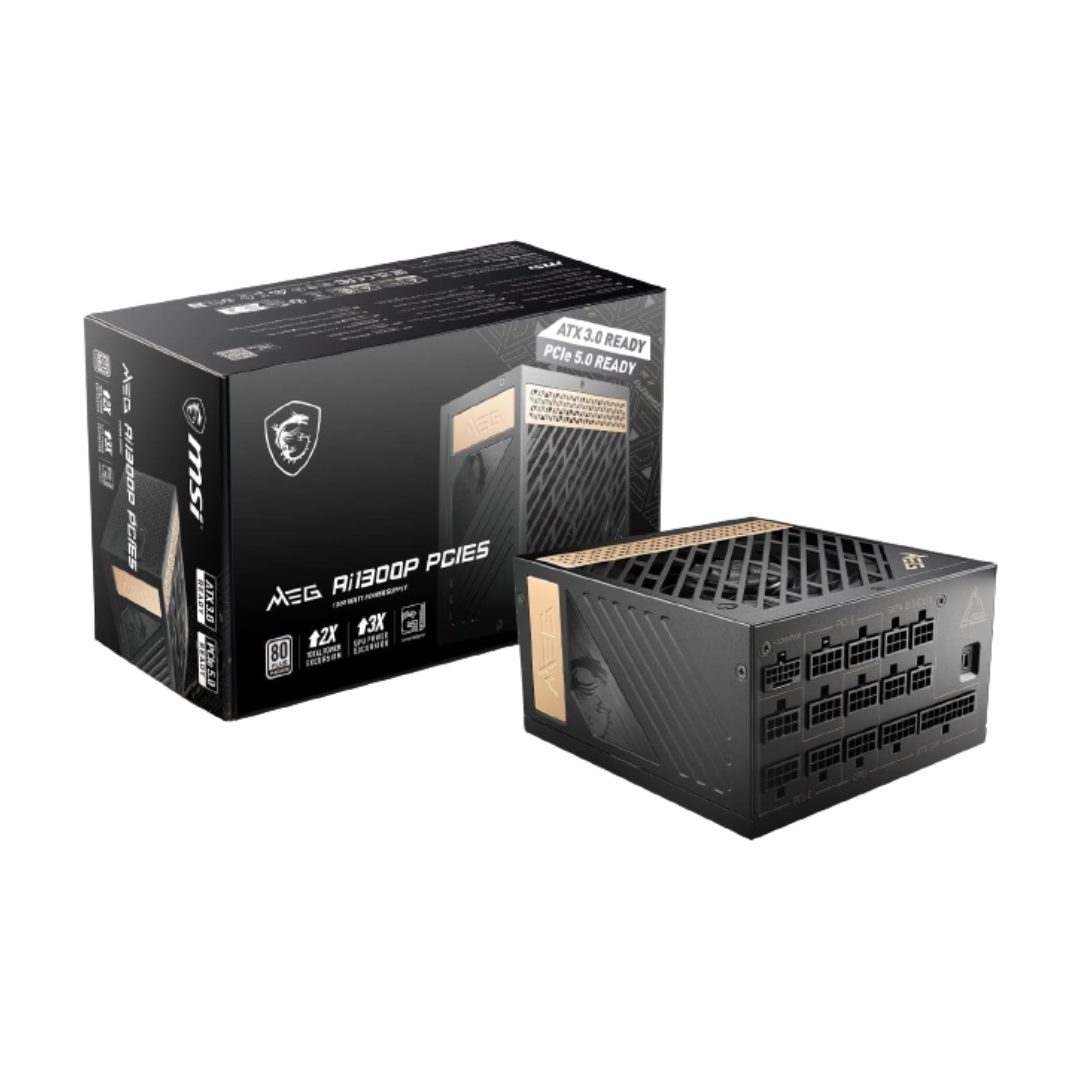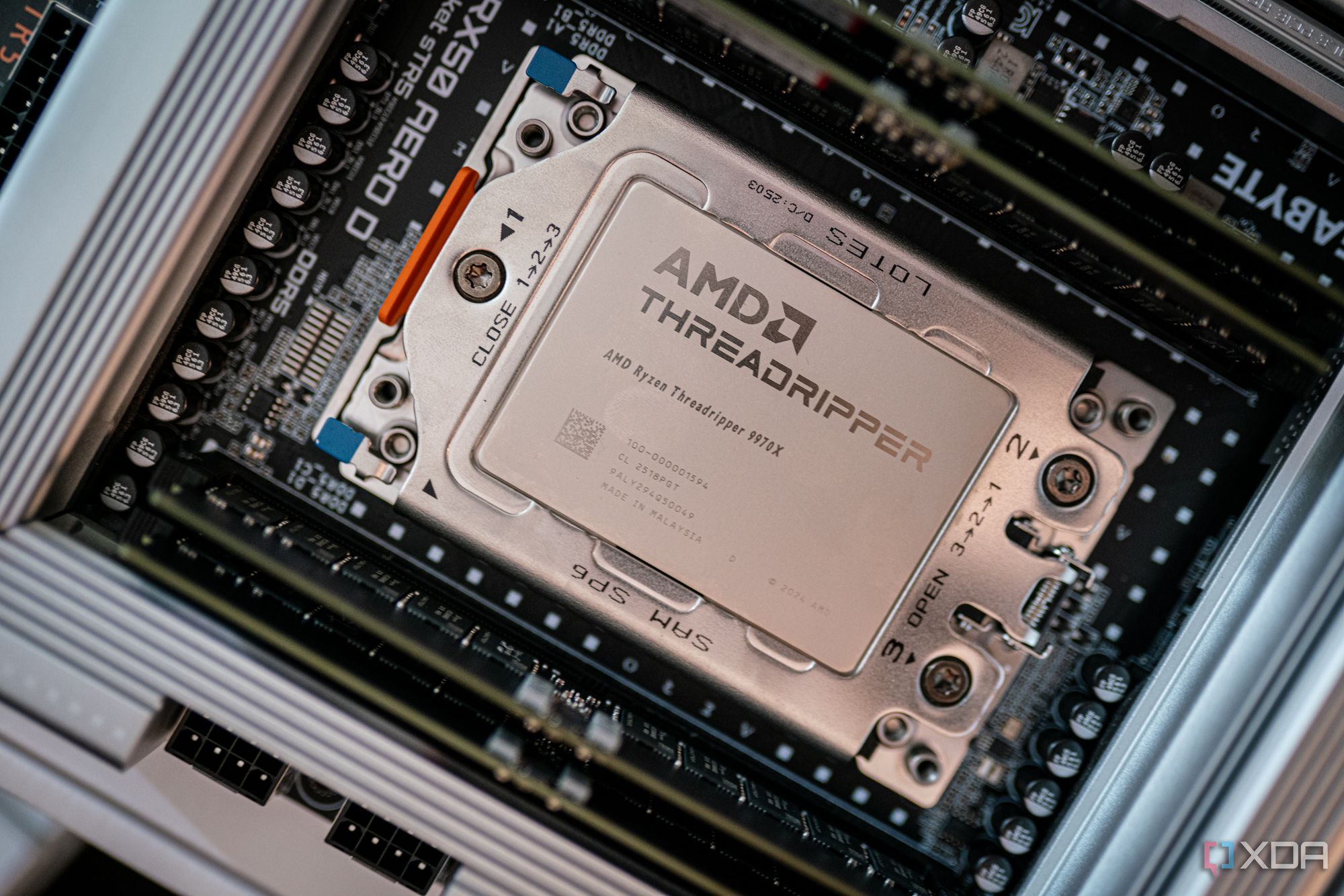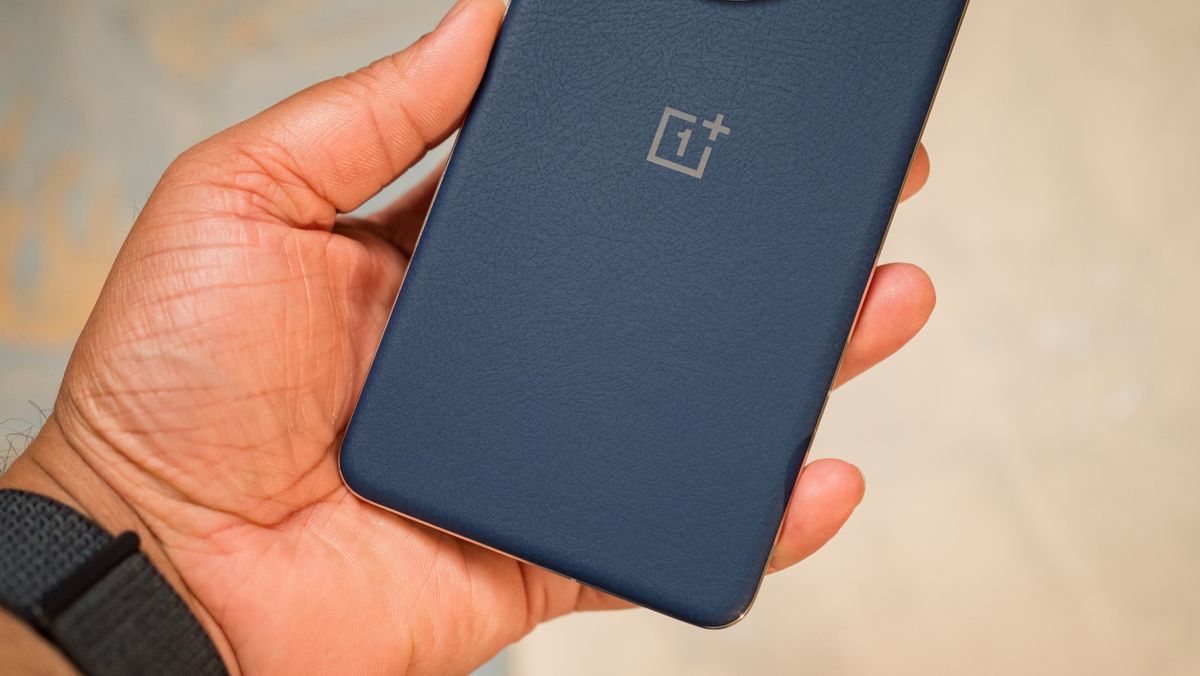I've spent decades in one PC building community or another, from first-time builders to seasoned pros who compete on the world stage, and I've seen some odd behavior when it comes to choosing a power supply. Sometimes, it's the building-to-a-budget builder who's splurged all the money on CPU and GPU and is now asking what's the cheapest bronze-rated PSU they can get away with using without blowing up their components. Or it's the small form-factor enthusiast wondering how much of the housing on a PSU they can remove to free up some much-needed cubic space inside their latest shoebox.
I've been both of these people, getting burned by my choices in the process, and while I've not needed a 1600W power supply; it has been on the potential list. Not because of the wattage, and you must understand this. If you actually needed 1600W of power from the wall in North America, you'd want to upgrade your office circuit to a 20A-rated one, because 1600W is pushing it for a 15A breaker. However, "future-proof," no-compromise PSUs are built with better components and have higher efficiency ratings. And that's precisely why I won't settle for anything less.
I've bought several no-compromise PSUs
And I'll do it again, so nyaaa
I've never been the type to throw random components into a case and call it done. Even when using PCPartPicker's parametric search, I'll only use it to narrow down the choices and select the parts that fit my intended theme or use case. And I've only ever skimped on the PSU once, with a bronze-rated unit that died young. Every other tower build has used a 750W+ Gold-rated PSU from a top-tier manufacturer, and every M-ITX build has used the best of what's available.
While it's true enough that power supplies are generally at their peak efficiency at 50% load, unless your electricity supplier is very, very expensive, you're not going to offset the cost of a premium PSU by the few percentage points of efficiency you gain—not in the time period before your next build and not likely before the warranty runs out.
And that's okay. I have other reasons to want my PSU more efficient, like not heating it up enough to turn the cooling fan on in hybrid mode (fan noise is one of my pet peeves). I also tend to stick to 80 Plus Titanium-rated PSUs because those were the only ones that had an enforced efficiency rating when the system is idling below 10% load (where most people's computers are if they never get turned off). That might have changed now. Admittedly, the last time I bought a PSU, they all used the 80 Plus rating scale, and Cybernetics has a (mostly) parallel rating scale to pick from.
They all had features that I needed—beyond the wattage
In some ways, this current era of oversized graphics cards is refreshingly liberating for me. I don't have to worry about using multiple GPUs or buying multiple waterblocks for them. That also means I don't have to worry as much about the power supply I choose, because a single 12VHPWR cable is all I need in most cases. Some previous builds needed over six PCIe 6+2 cables (two GPUs with two each, a sound card that needed one, and supplementary PCIe power for the motherboard).
That narrowed my choices to only premium, "future-proof" PSUs to begin with, because budget or midrange PSUs tend to have four PCIe cables and no more. Other things I had to consider include:
- Size: Sometimes I needed SFF for smaller cases, other times ATX was fine
- Connectors: In the days when multi-GPU was viable, I've used up to six PCIe 6+2 cables, plus SATA, Molex (for pumps), etc
- Type of cables: Individually sleeved are best, flat are next, everything else can stay on the shelf for me
- Rear power switch: Yes, some PSUs don't have one, and it's non-negotiable for me
- Brand: Or more specifically, OEM. Some brands have good and terrible PSUs, and it takes a little searching to find out which are which. Johnnyguru was an indispensable source before he became Corsair staff, but there are plenty of PSU tier lists if you look on Reddit
It's never only about the wattage, although only a few manufacturers offer high-wattage PSUs. They're all built well, and they're priced accordingly, too, but you really do get what you pay for.
-

Brand MSI
Output 1300W
Modular Cabling Fully
80 Plus Efficiency Rating Platinum
-

My main systems have flagship components
I won't risk premium components with anything but the best PSUs
I can't say I've always had the best GPUs and CPUs in my builds, because I haven't. My first gaming build had an Nvidia GTX 970. The next iteration had an AMD Radeon R9 Fury X, and the one after that had dual Radeon RX 480s. But I always have Hwinfo64 or some other monitoring solution running to keep an eye on power draw, because the manufacturer's TDP is never accurate, and transient spikes can be significantly higher.
I've learned from every build, and one of the big lessons has been that some components will draw more power than the specifications, and if you don't account for it, you'll get all kinds of odd issues. Take the R9 Fury X, which has a maximum wattage of 275W if AMD is to be believed. I've seen that card draw more than 450W when gaming, and most reviews found a similar power draw. The dual RX 480s used less power, and there were two of those.
I don't overclock my CPU or GPU anymore, but I tune my RAM for better speeds and latency. However, I used to, and I always knew I needed more headroom than the PSU calculators would estimate. Those also don't tend to account for hard drives, SSDs, case fans, RGB lighting, and anything else in your build that uses electricity. Having a better quality, high-wattage PSU means no worrying about hard-to-troubleshoot shutdowns under transient loads, cooling fans not getting enough power, or any other power-related issues that could occur.
HEDT systems practically demand it

While having a high-wattage PSU is a personal preference for most builds, HEDT is a different beast altogether. When CPUs like the Threadripper range have a base 350W TDP and can draw over 500W under load, you need the largest PSU you can get. European readers have a better time of this with 240V circuits allowing for 2,500W+ PSUs to clear Threadripper with multiple GPUs for intensive calculations easily, but US readers get mighty close to the 1,600W limit on a normal house breaker.
Midrange builds aren't as finicky
The power requirements are more manageable and parts don't run near their limits
Okay, so flagship partsand a premium PSU make sense, but we all know most gamers are using more modest hardware. Steam's hardware survey is the closest thing we have to a representative view of PC gaming, and the most popular GPU right now is the Nvidia GeForce RTX 3060, with 4.44% of the total. The first midrange GPU in any appreciable quantity is the Nvidia RTX 4070, with 2.30%, and only one-fifth of a percent is using the flagship Nvidia GeForce RTX 5090.
Once you remove laptop users from the list, midrange and budget gamers make up the majority of Steam users. And the hardware on the list isn't subject to quite the same level of transient spikes, or wattage draw that's higher than the specifications, or needing multiple PCIe cables to power it.
For most PC users, a 1,000W+ PSU is not necessary, both for powering their current hardware and potential hardware in the future. Trying to "future-proof" is a fool's game, and buying a good quality 850W PSU is a far better investment.
There's no guarantee standards won't change
We've already seen one recent change with the 12VHPWR cable for GPU power, which came with two revisions to the ATX power specification, to ATX 3.0 and then ATX 3.1. I bought both of my current PSUs just after that change, but there's nothing to say the manufacturers won't come up with another change in a few years. The issues with the 12VHPWR connector is enough of an indicator that something will change soon, because flagship GPU power draw will rise again, and this cable should not be used for 450W, let alone 600W draws.
I won't apologize for my 1,000W+ PSUs, and if you need one, go right ahead
Using a PSU rated for more wattage than your system needs isn't going to make your power bill skyrocket, because it will draw the power it needs, not the rated maximums. I buy higher-rated PSUs for the implications on the quality of components that they bring, not the power capacity they can handle. That might change in the future if PC components become more efficient or use different power delivery methods, but until then, I'm sticking to my overkill "future-proof" PSUs.
.png)










 English (US) ·
English (US) ·